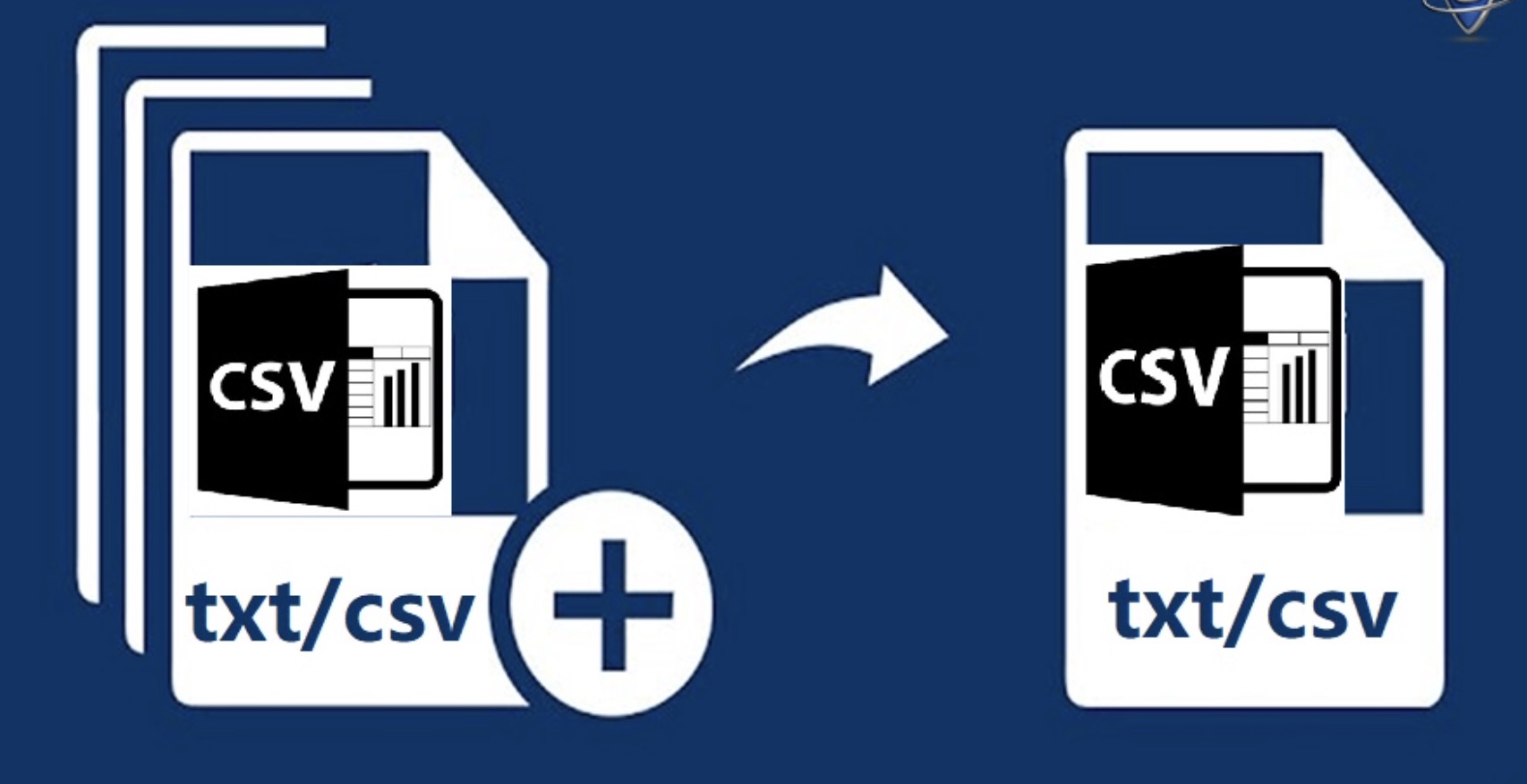Do you need to create a CSV file for your data? A CSV file, which is a “comma-separated values” file, allows you to save your data in a table-structured format, which is useful when importing data into databases and web applications. This minHour article teaches you how to create CSV files using Microsoft Excel, OpenOffice Calc, Google Sheets, and in a text editor.
Using a Spreadsheet Application
Open a new spreadsheet in Microsoft Excel, OpenOffice Calc, or Google Sheets.
You can use any spreadsheet software to easily convert table data to CSV files.
- If you want to convert an existing spreadsheet to CSV format, skip to step #4.
Type each of your headers, or field names into the cells located in row 1 at the top of the spreadsheet.
For example, if entering data for items you’re selling, type “Item Name” into cell A1, “Item Price” into cell B1, “Item Description” into cell C1, and so on.
Enter your data into the spreadsheet under each column as needed.
Using the example outlined in step #2, write the item name in cell A2, the item’s price in cell B2, and the item’s description in cell C2.
Click File and select Save As.
If using Google Sheets, this option will read as “File > Download as.”
Select CSV under the “Save as type” dropdown menu.
Type a name for your CSV file, then click Save.
You have now created a CSV file, and commas will automatically be added to the file to separate each field.
Using a Text Editor
Open Notepad on your PC or TextEdit on your Mac.
Because CSV files are actually just plain text files in a specific comma-separated format, you can use your computer’s built-in text editor to create one.
Type your field names separated by commas onto the first line.
For example, if entering data for items you’re selling, type the following onto the first line: “name,price,description.” There must be no spaces between items.
Type your data onto the second line, using the same format as your field names on the first line.
Using the example outlined in step #1, write the actual item name, followed by the item’s price and description. For example, if selling baseballs, write “baseball,5.99,sports.”
Continue typing your data for each individual item onto each subsequent line.
If leaving any fields empty, make sure you include the comma, or the remaining fields will be off by one.
Click File and select Save.
Alternatively, press on your keyboard if you’re using a PC, or on a Mac.
Save your file.
To do this, click the drop-down menu next to and select . Next, type a name for your file and end it with .csv.
- Click Save. You have now created a CSV file that you can easily import into a spreadsheet program, database, or web application.
